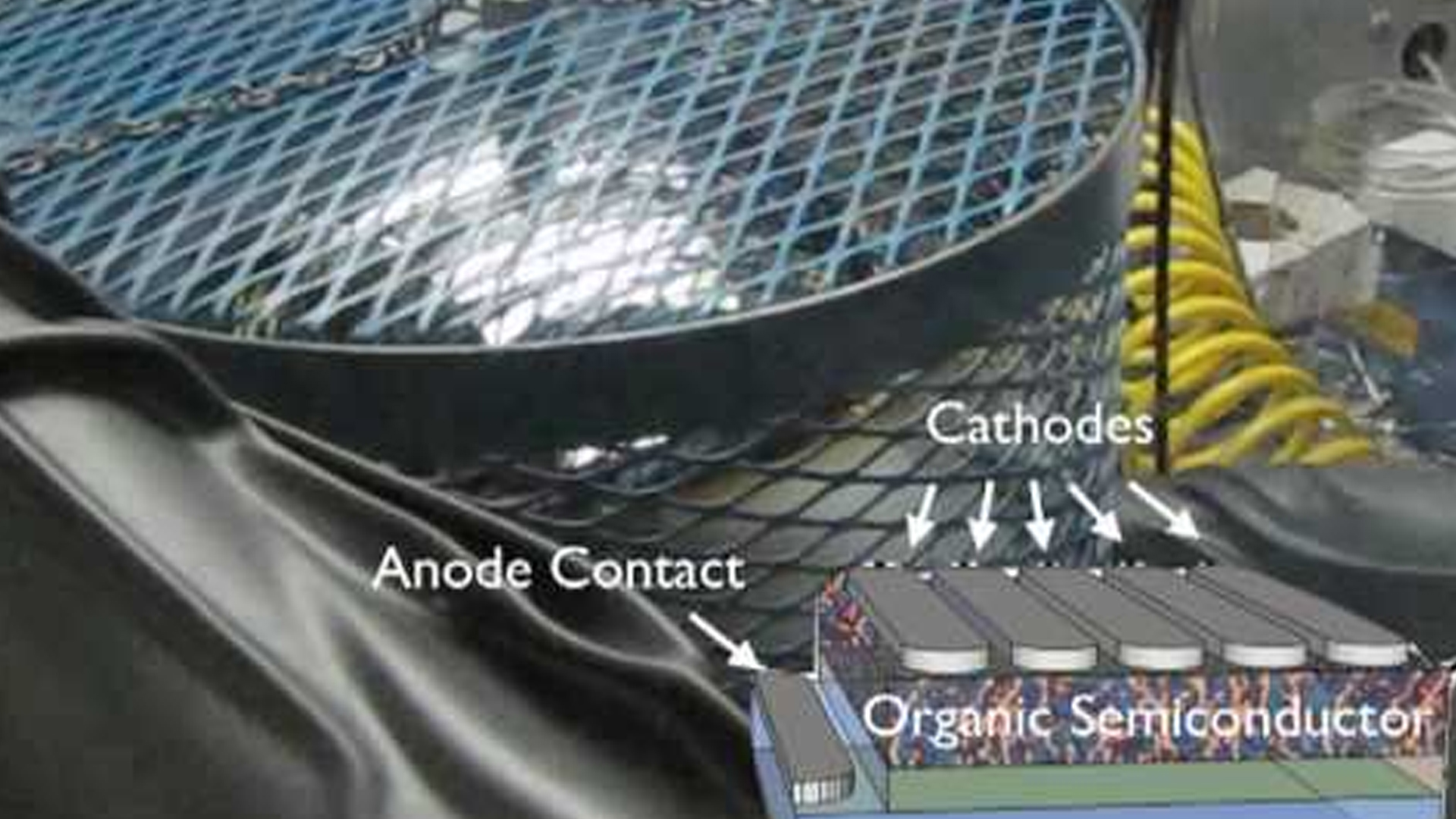German Subsidy Drives Direction
Germany's upper house of parliament took the decision last week to back some key changes to solar power subsidies, making private dwelling rooftop solar power systems far more attractive this summer.
Last May, the German coalition government had proposed cuts of 16% in the so-called feed-in tariffs offered for such rooftop solar panels. They included plans to reduce incentives to install solar panels in open field sites by 15%, cut feed-in tariffs for conversion sites by 11% and scrap feed-in tariff payments for solar sites built on agricultural land. These controversial proposals, passed by Germany's lower house of parliament, were due to take effect from 1 July 2010.
However, in a political twist, the proposed reforms were blocked by the upper house in June. As a result, a parliamentary mediation committee formed to resolve the issue between the two houses. This committee ruled that each of the proposed cuts should be reduced by three percentage points from July through to the end of September 2010. After that the full cuts would swing into force.
A feed-in tariff works by guaranteeing a long-term premium payment electricity generated from renewable sources and fed into the grid. The government fixes the level of the tariff to be paid and sets the length of contract. Germany's feed-in tariffs (which form part of its Renewable Energies Act (EEG)) have been key to the nation becoming a leader in solar power uptake.
Although Germany's geographical position on the world map does not make it an ideal location for solar energy due to it receiving only moderate levels of solar radiation, it ranks as the largest in the photovoltaic market in the world, accounting for about one of every two installed models worldwide.
The recent expansion of capacity at all stages in the German photovoltaic value chain has resulted in an increase in the availability of modules. Consequently, the industry is observing a significant reduction in prices for solar panels and components and a shift from a seller's market to a buyer's market.
Indeed, falling system prices and increasing electricity prices have enabled the German market to approach grid parity sooner than expected. Grid parity occurs when photovoltaic generation costs are equal to or lower than the retail electricity price. Germany Trade & Invest predict that, by 2013, energy from renewable sources will be competitive with conventional energy sources in the private user electricity market.
A research report by Research Analysts Ltd shows how such dynamic changes in the marketplace is triggering a new era of competition. "This latest change to the EEG will benefit the rooftop segment and fuel demand for solar panel installations by house holders across Germany," said Matthew Beecham, author of 'The German solar photovoltaic market'. "The changes will trigger a number of market opportunities for suppliers of photovoltaic modules."





























